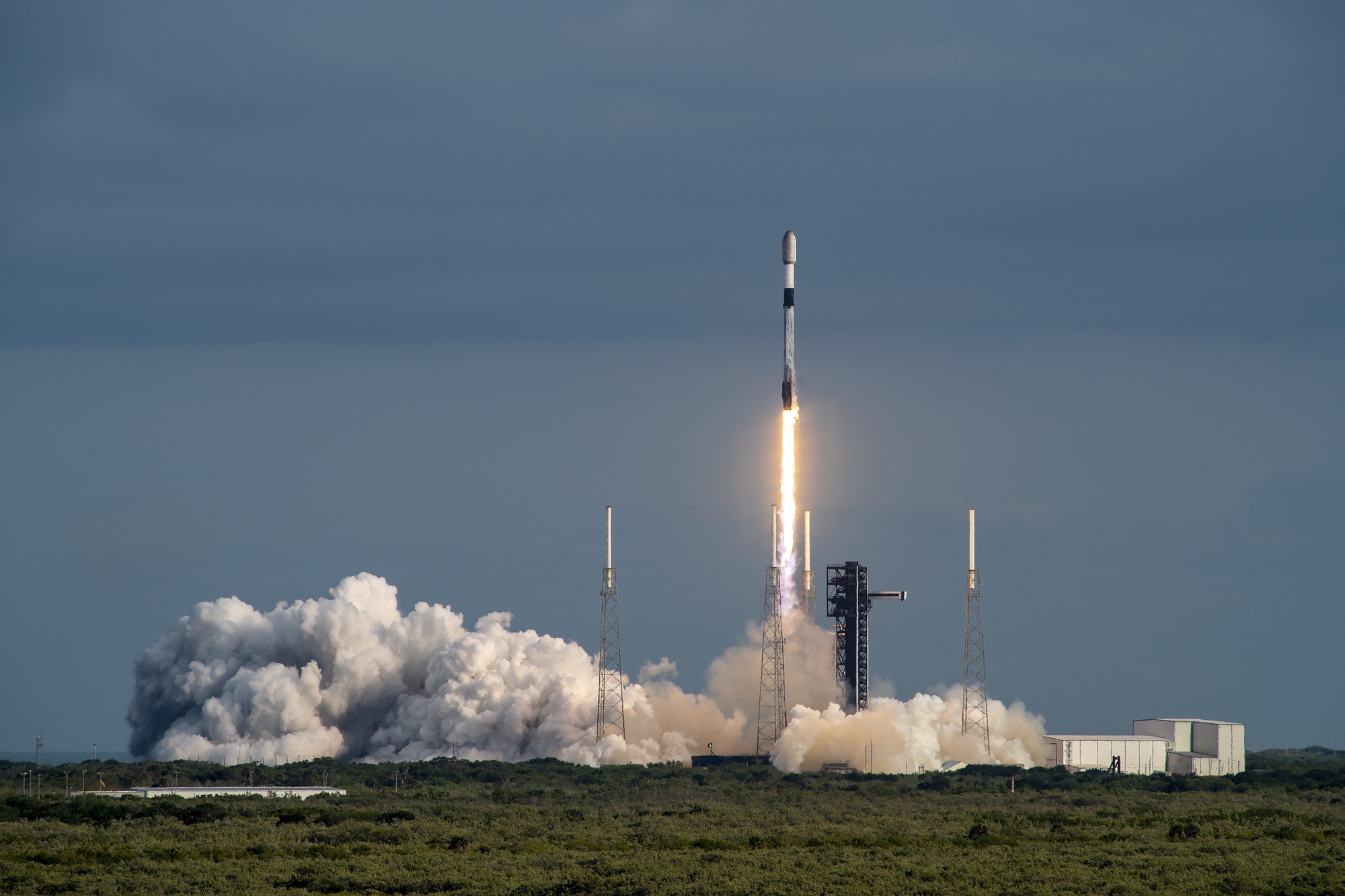WASHINGTON — An advisory committee for the Federal Aviation Administration’s commercial space office has recommended that the office be moved out of the FAA.
At an April 23 meeting, the FAA’s Commercial Space Transportation Advisory Committee (COMSTAC) unanimously approved a recommendation that the FAA’s Office of Commercial Space Transportation, or AST, be moved out of the FAA and turned into a standalone organization directly under the Secretary of Transportation.
The proposal, COMSTAC members argued, would address the perception that AST currently does not receive the resources it needs to regulate a growing space launch industry in its current form within the FAA.
“I think it’s fair to say that, in the opinion of many people, the Office of Commercial Space Transportation has not always been receiving the time and attention from senior leadership, the resources it needs to carry out its mission, and advocacy and support in resolving key issues in a timely fashion,” said George Nield, a COMSTAC member and former FAA associate administrator for commercial space transportation, at the meeting.
In appropriations for fiscal year 2024, AST received $42 million, about 0.35% of the overall operating budget of the FAA. The AST workforce is a similar share of the overall agency as well. Because of that, he argued, space has a low priority within the FAA.
Placing space within an agency devoted to aviation also poses problems, he said, because growth in spaceflight is outpacing that in aviation. “Space has changed. The whole environment has changed, and we need to figure out how to deal with that more quickly. So that means we need to have somebody at the table, flagging important issues, asking for decisions, getting feedback and raising other concerns.”
Making the office independent of the FAA would give it more influence, Nield said, putting it at the same level as other modes of transportation. “You’d have access to the cabinet secretary. You’d have a seat at the table. You’d have the ability to more clearly make your case for needed resources and ask for help when there’s important issues to be decided,” he said.
COMSTAC members accepted the recommendation with little debate. One issue they raised was whether moving the office outside of the FAA would adversely affect airspace coordination issues for launches, but Nield noted that work is today done primarily by the FAA’s Air Traffic Organization, not AST. Kelvin Coleman, the current head of AST, agreed.
If the recommendation is accepted, it would undo a change made nearly three decades ago. The Office of Commercial Space Transportation was established in 1984 as a standalone office under the Secretary of Transportation. It was moved within the FAA in 1995 as part of a “reinventing government” initiative by the Clinton administration.
Reversing that move has come up periodically in the years since then as a means of giving more visibility and resources for the office. “This is a topic that comes up from time to time,” Karina Drees, chair of COMSTAC and president of the Commercial Spaceflight Federation, said at the meeting. “The thought of commercial space transportation getting more attention within the Department of Transportation is definitely not a new topic.”
Nield noted in his presentation a 2017 report by the Government Accountability Office that found strong support in industry for moving the office out of the FAA. “A lot has changed since that 2017 study, and it just makes the case even stronger in my opinion,” he said.
The FAA initially was a good host for the office in the years after it was moved there in 1995, Jim Muncy of PoliSpace told SpaceNews. However, by the last decade, he said “big FAA wasn’t able to respond with enough attention, resources and flexibility to meet industry’s needs.” He cited challenges adapting existing FAA regulations for new reusable launch vehicles, which led to the creation of “streamlined” launch licensing regulations called Part 450 that many in industry believe were rushed.
The value of the recommendation, he said, is that it comes from the official advisory body for the Secretary of Transportation on commercial space transportation issues. “This is the first time that any government body – and not just a few individual Congressmen – have endorsed creating a separate agency for space transportation licensing and promotion.”
Moving the office out of the FAA could be done directly by the Secretary of Transportation. “But, given the importance of this, I think the right approach would be to have Congress weigh in on it, as well as the White House,” Nield said. Muncy said there appeared to be “real interest” among some in Congress in doing something along those lines in a future commercial space bill.
Related
Read the original article here
